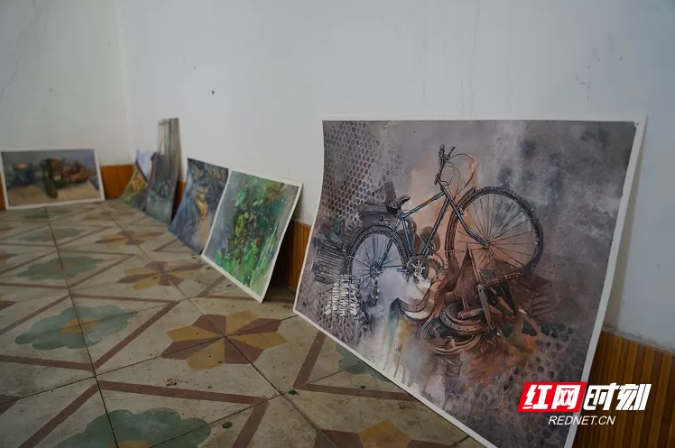Sandu Town to build miner culture brand
2021-11-24
Sandu Town in Zixing City, Chenzhou City, known as a coal city in southern Hunan Province, is a typical industrial and mining area. In recent years, the town has built a Daya Courtyard Life Base by building the brand of “miner culture”. It has been favored by many art lovers, teachers and students of art schools.

A large number of mining buildings, factories and other buildings with distinctive characteristics in the period of the Republic of China and the 1940s to 1960s are retained here. And now, these buildings have become a unique landscape.
“I’m deeply impressed by one of the electromechanical factories, and they are also good materials for painting,” Cao Weihua, associate professor of Department of Fine Arts and Design, Hunan Institute of Technology, said.
The unique “miner culture” provides a new feeling and experience for the students who collect natural materials for painting.
“We get this chance to visit the production workshops and learn about miners’ life and work. Different from previous sketching, it is a large scene with relatively complex composition. It’s a big challenge for us, but our painting skills all got improved here,” Zhang Mingzhu, a student of the college, said.
In recent years, the town has focused on integrating “miner culture” into the tourism industry, constantly enriching the local tourism industry formats and injecting new momentum into the local rural revitalization.
“In Sandu Town, there are beautiful scenery of Liuhuawan, the ancient buildings in the Ming and Qing Dynasties and revolutionary bases in southern Hunan, as well as Sandu miner culture. The art painting base helps develop tourism, increase surrounding villagers’ income and make contributions to rural revitalization,” said Hu Yinchun, head of the base.




